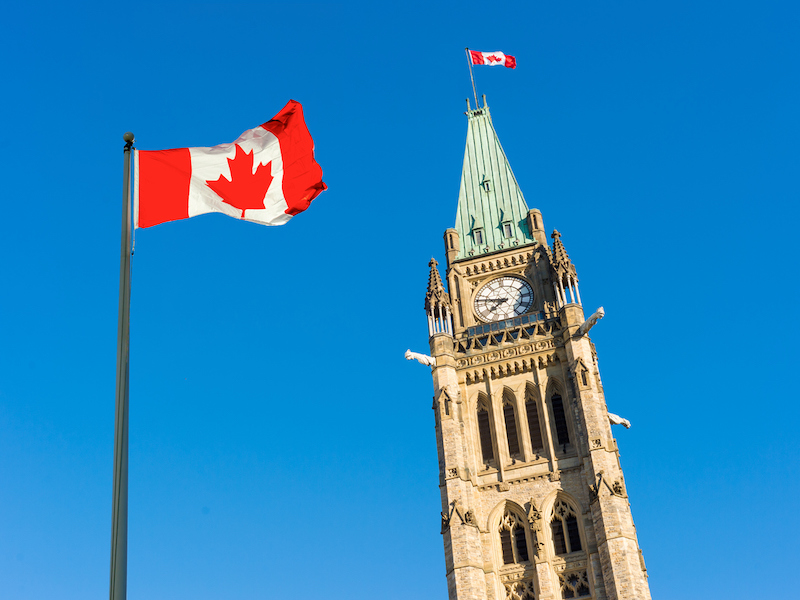
The federal government urgently needs to focus on measures to achieve growth and fiscal sustainability in its 2022 budget, according to a report published by the C.D. Howe Institute on Thursday.
Without cuts to federal expenditures and the introduction of incentives to spur economic activity, Canada risks losing the fiscal capacity to deal with longer-term challenges such as an aging population, climate change, rising global protectionism as well as unforeseen crises, according to the authors of the Toronto-based think tank’s annual shadow budget publication.
“The federal government’s massive spending and borrowing during the Covid-19
pandemic has desensitized Canadians to fiscal excess,” the report stated. “The government has promised costly new programs without revenue to cover them or measures to boost economic growth and the tax base.”
Getting Serious: A Shadow Budget for 2022 was co-authored by William Robson, CEO of the C.D. Howe Institute; Alexandre Laurin, director of research at the C.D. Howe Institute; and Don Drummond, a Stauffer-Dunning Fellow and adjunct professor at the School of Policy Studies at Queen’s University.
If the government were to take up initiatives outlined in the report, Canada’s deficit of $148 billion this year would swing to a $15 billion surplus by 2026–27. Further, the ratio of net debt to GDP would drop to 42% from about 48% this year and be restored to a pre-pandemic level of 30% over 12 years, the authors said.
“That [30% debt to GDP] level should be reached over a foreseeable horizon, not decades from now,” the authors said, adding that “a persistently higher debt ratio puts the burden of the income supports triggered by the pandemic not on the cohort that benefited, but on future cohorts.”
The authors recommend the government shelve initiatives not yet in the fiscal framework, including a national pharmacare program and a basic income, and withdraw recent proposals to limit interest deductibility and reduce Canada Mortgage and Housing Corporation mortgage insurance premiums.
Here are the report’s key recommendations to achieve what it calls “fiscal prudence”:
- Transition federal employees’ pension plans to shared-risk, shared-governance plans.
- Freeze federal departmental operating budgets for wages and salaries at their 2021 levels for five years.
- Introduce legislation to make strike pay taxable as ordinary income.
- Fund new spending with a higher GST rate, rather than personal and corporate income tax hikes.
- Increase the GST on transportation fuels by ten percentage points, starting in fiscal year 2024–25, by which recent surges in energy prices are expected to recede.
- Phase out the tax credit for first-time homebuyers.
- Reduce the base amount of the age credit from $7,898 to $4,000.
- Provide a more generous tax treatment of medical expenses by lowering the threshold to 1.5% of net income from current 3.0%.
- Eliminate labour-sponsored venture capital corporations.
- Prioritize funding for infrastructure projects under direct federal control, such as investments in capacity and added security for marine, rail and air transportation, and military assets.
Here are the report’s key recommendation meant to spur “economic activity”:
- Prevent employment insurance hikes by crediting the EI operating account to cover the cost of freezing contribution rates.
- Implement a temporary general investment tax credit, applicable to all investments in depreciable assets, including intangibles, at a rate of 5%.
- Reduce the corporate income tax rate to 13% from 15% starting in 2025, after the impact of the temporary investment tax credit.
- Establish an “IP Box” tax mechanism whereby income from patents and other intellectual property generated by activity in Canada would face a lower corporate tax rate.